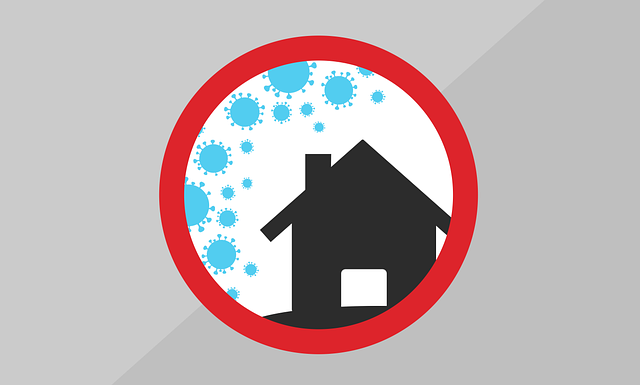Landlords have seen lots of changes in rental demand and trends over the last year and a half. Interestingly, while some of these changes felt sudden and dramatic, experts believe that for the most part, the pandemic has simply accelerated existing trends as opposed to creating new ones.
Regardless, there are a few notable shifts that landlords should pay attention to as they make investment and property management decisions.
Rental Markets Are Strong and Getting Stronger
After a difficult year during the worst months of the pandemic, rental markets across the country are showing steady signs of recovery. In fact, all 100 of the largest metro areas have seen month-to-month rent increases over the last five months.
Across the country, inventory is low and demand is high. There are a few factors contributing to this, including delays in development projects, supply chain issues plaguing the construction industry, young renters leaving the family home and looking for housing, and an increase in millennials purchasing homes.
The result is low vacancy rates, increased rental prices, and more investors looking for investment properties. “After a year of soaring home prices and record-low interest rates, real estate has become Americans’ top choice for investments over the long-term,” according to a Bankrate survey. Thus, it’s not surprising that “demand for single-family rental homes has surged.”
Landlords should look at this data and feel encouraged about the year ahead. Rental markets across the country are recovering, demand for rentals is high, and rental prices are increasing. Based on this, now is a good time for landlords to ensure that rental rates are consistent with market prices and to look for good opportunities to acquire additional rental units.
More People Are Working Remotely
A major trend that has emerged during the pandemic is people leaving densely populated urban areas for the extra square footage, outdoor space, and more affordable prices of suburban areas. A big driver of this shift was millions of employees working remotely.
Now, as cities begin reopening, the question becomes how long-term this shift will be. Vacancy rates in urban areas are decreasing, and there are some clear signs that people are returning to cities. Yet, at the same time, demand in suburban areas also remains higher than it was pre-pandemic.
It’s hard to know how long this will last, but a good metric for landlords to pay attention to is the number of employees continuing to work remotely. Many companies still have employees working remotely or only coming to the office a couple of days a week, making commuting less of an issue.
Time will tell how permanent this shift will be, but in the short-term savvy landlords can track working trends to anticipate where demand will be in the coming months.
Renters Expect Increased Technology Usage
During the pandemic, many landlords increased their technology usage in an effort to limit in-person contact. While such measures might not be necessary right now, tenants are showing a clear preference for more tech usage for every stage of the rental process, from the application to paying rent.
Most landlords are already listing their rental units online, but far fewer offer virtual tours and 3D plans. However, the use of these tools can limit vacancy rates and make it easier to find quality tenants. In fact, a study of 162 available rental units found that the use of 3D tours increased leads by 25% and decreased days on the market by 23%.

Tenants also want to use technology throughout the rental process, including submitting online rental applications – www.ezlandlordforms.com/documents/free-rental-application-paperless-295095/, signing the lease electronically, paying rent electronically, using keyless entry, and submitting online maintenance requests.
The takeaway here for landlords should be to leverage technology as much as possible to retain quality tenants and attract more qualified applicants.
Normal Is Evolving
Finally, landlords should keep in mind that “normal” continues to evolve. For example, right now tenants have an increased focus on personal health and safety. Additionally, many are looking for flexible spaces that will cater to their need for a home office. Further, there’s a heightened focus on outdoor spaces and access to fresh air.
Landlords should pay attention to these evolving areas of focus and attempt to accommodate tenants needs while also appreciating that the new normal is constantly evolving and changing. This means it’s too soon to make long-term plans based on some of these newer trends. After all, you don’t want to make major changes in your rental strategy only to find out that it’s not relevant in two years.
Instead, try to respond to these trends as much as possible now and monitor them for evidence of long-term shifts.
Looking Ahead
Landlords should feel confident that rental markets look strong and real estate continues to be a wise investment. What’s more, those landlords that regularly monitor markets and stay on top of trends will get the most out of their real estate investments.
Related Posts











